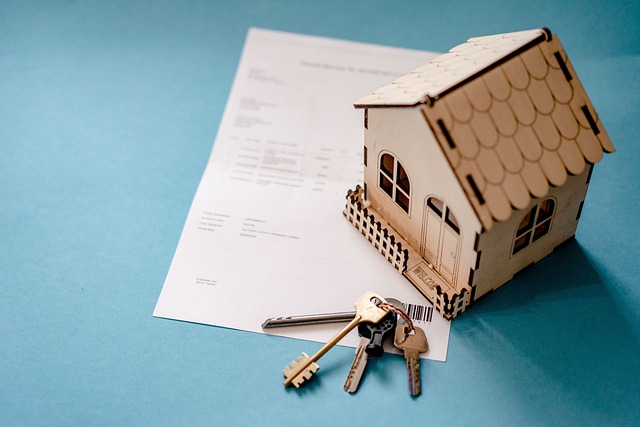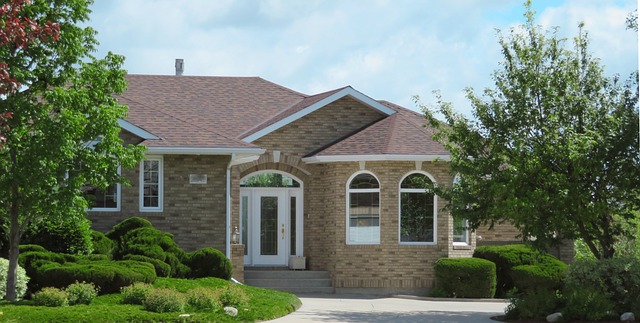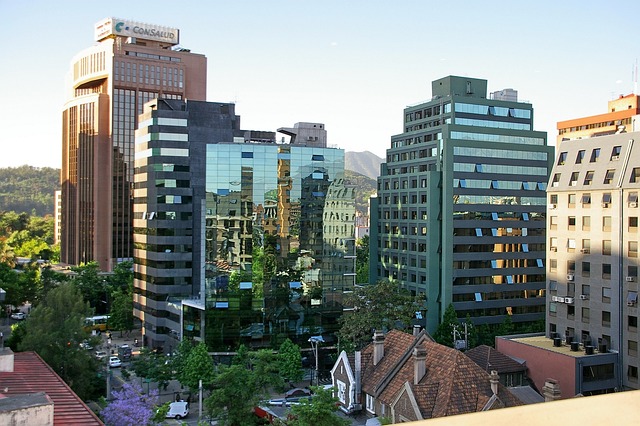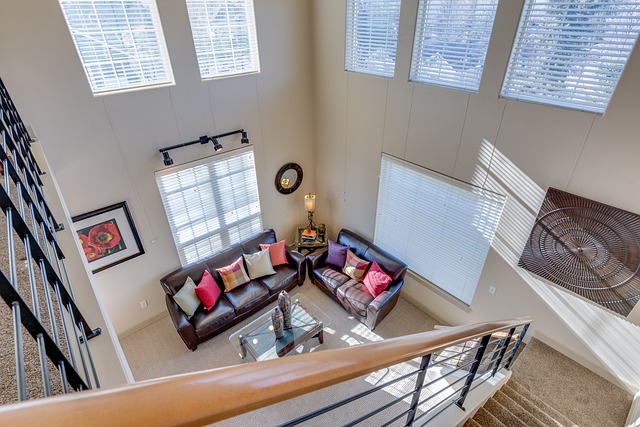Navigating the lifecycle of an Executive Condominium (EC) post-5 years is a pivotal journey for homeowners, marked by shifts in housing rules, financial considerations, and lifestyle enhancements. This article explores the evolution of EC regulations affecting resale, delves into the financial implications for owners after half a decade, including mortgage adjustments, property value trends, and maintenance fees. It also examines the legal and residential status changes from public to private housing that can affect homeowners’ rights and privileges. Additionally, the article provides insights into how EC residents can enhance their lifestyle and community living experience through upgrades, renovations, and new amenities, all within the framework of the Executive Condo Requirement. Understanding these aspects is key for EC owners to make informed decisions regarding their properties’ future.
- Understanding the Lifecycle of an Executive Condominium (EC) Post-5 Years: The Evolution of Housing Rules and Resale Considerations
- Financial Implications for EC Owners After Half a Decade: Mortgage, Property Value Trends, and Maintenance Fees
- Legal and Residential Status Shifts: From Public to Private Housing and the Impact on Homeowners
- Enhancing Lifestyle and Community Living: Upgrades, Renovations, and EC Amenities After Five Years
Understanding the Lifecycle of an Executive Condominium (EC) Post-5 Years: The Evolution of Housing Rules and Resale Considerations

Upon reaching the five-year mark, an Executive Condominium (EC) enters a new phase in its lifecycle that is characterized by significant changes in housing rules and resale considerations. Initially designed to cater to the middle-income group with a hybrid of public and private housing features, ECs come with unique requirements. After five years, these requirements evolve to reflect policy adjustments by Singapore’s Housing & Development Board (HDB). One key aspect is the eligibility criteria for new applicants, which may shift over time. Additionally, the resale market dynamics can change, influenced by factors such as population growth, economic conditions, and broader housing policies. These shifts can affect the attractiveness of ECs to both existing residents looking to sell and potential buyers considering an investment or a home. Understanding these post-five-year changes is crucial for owners planning their long-term living arrangements or investors assessing the market trends. The Executive Condo Requirement, which mandates that at least 80% of the units in an EC development must be owner-occupied after five years, remains a cornerstone regulation influencing resale patterns and pricing strategies. This requirement ensures the sustainability of the EC scheme as intended, balancing public and private sector interests in the housing market.
Financial Implications for EC Owners After Half a Decade: Mortgage, Property Value Trends, and Maintenance Fees

After five years, Executive Condo (EC) owners face a series of financial considerations shaped by mortgage maturity, property value trends, and maintenance fees. As the mortgage term for an EC typically spans 25 or 30 years, reaching the halfway mark means re-evaluating financing options. Owners must prepare for mortgage renewal, where prevailing interest rates at the time of renewal will significantly influence monthly payments, potentially leading to higher costs if rates have risen since the initial loan was taken out. This financial planning is crucial as EC requirements stipulate that units can only be sold to Singapore citizens after an owner has lived in the unit for a minimum of five years, which can affect marketability and resale value.
Property value trends also play a pivotal role post-five years. The EC market is influenced by broader economic conditions, government policies, and housing demand, all of which can impact the appreciation or depreciation of an EC’s value. Owners should be mindful that maintaining the property in top condition is essential to preserving its value. Maintenance fees are another recurring expense; these cover the costs of common area upkeep, security, and management services within the EC development. As the condominium ages, the frequency and cost of maintenance can increase, necessitating a budget for such expenses. Understanding the financial implications of owning an EC after five years is imperative for owners to make informed decisions regarding their investment and long-term financial planning.
Legal and Residential Status Shifts: From Public to Private Housing and the Impact on Homeowners

After five years, an Executive Condominium (EC) in Singapore undergoes a significant transformation in its legal and residential status. Initially designed to cater to the needs of younger couples who may not yet meet the income criteria for private housing but aspire to own a property, ECs are initially public housing with subsidies. However, upon reaching the fifth-anniversary mark post-completion of the development, these units transition into private residences. This shift has profound implications for homeowners, as the change affects both their rights and obligations.
During the first five years, ECs enjoy certain benefits akin to public housing, such as the eligibility for subsidies and the ability to purchase at lower prices. However, once the EC reaches its fifth anniversary, it is subject to the Executive Condo Requirement which mandates that at least 70% of the units in the development must be owner-occupied. This requirement aligns with the Singapore government’s aim to gradually transition these units into private homes, reflecting a diversifying housing landscape and catering to the evolving needs of residents. Owners who have held onto their EC for five years or more may find that resale values can vary significantly compared to the initial purchase price, influenced by market trends and the maturing estate. This transition also affects the lease terms; as the EC becomes a private property, the minimum lease period required for an EC is reduced from 99 years to 95 years, which could be a factor for potential buyers considering the long-term value of their investment. The shift from public to private housing status underscores the importance of understanding the long-term implications of purchasing an EC and planning accordingly.
Enhancing Lifestyle and Community Living: Upgrades, Renovations, and EC Amenities After Five Years

After a half-decade, an Executive Condominium (EC) often undergoes enhancements and upgrades to its lifestyle and community offerings, aligning with the Executive Condo Requirement for continuous improvement. These updates reflect the evolving preferences of residents and the latest market trends. Facilities management teams typically conduct a thorough assessment of existing amenities and infrastructure to identify areas for renovation or expansion. As a result, residents may witness the introduction of new recreational facilities such as swimming pools with smart water systems, fitness centers equipped with state-of-the-art gym equipment, and clubhouses that serve as communal hubs for social gatherings. Additionally, landscaping efforts are often amplified to create more verdant and serene environments. The ECs strive to maintain a standard of living that is both comfortable and conducive to a healthy lifestyle, ensuring that the community remains a desirable place to live.
Beyond mere physical upgrades, the management may also implement technological advancements within the EC to enhance security, convenience, and connectivity. This could involve the installation of smart home features, which allow residents to control lighting, climate, and even security systems with ease. The introduction of community living apps that facilitate communication and organization among neighbors is another common development. These initiatives not only modernize the living experience but also foster a stronger sense of community among residents. Overall, the post-five-year upgrades in an EC are a testament to the commitment to meeting the Executive Condo Requirement for high standards and adaptability, ensuring that these homes continue to be an attractive option for families seeking a balance between private living and community engagement.
